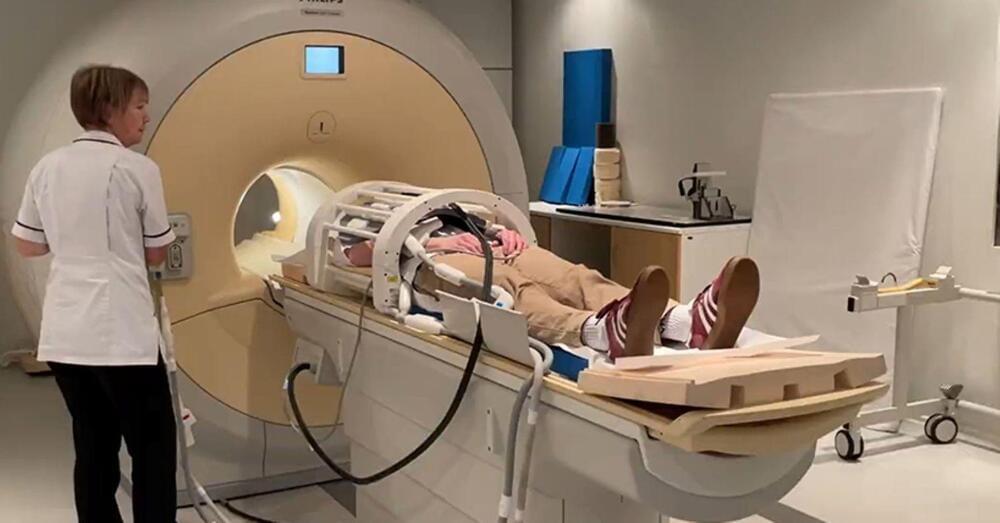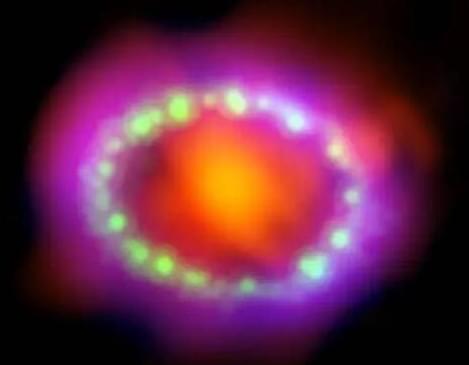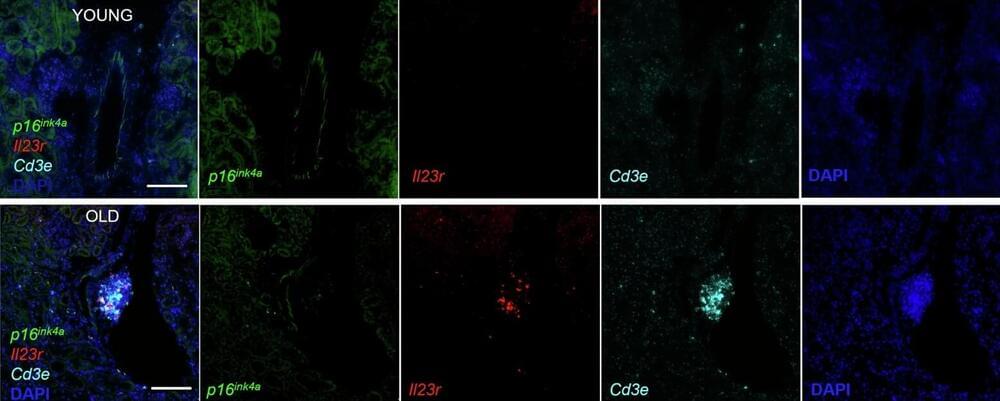The future of AI in 2025 is set to bring transformative advancements, including humanoid robots, infinite-memory systems, and breakthroughs in superintelligence. OpenAI is pushing the boundaries with innovations in voice AI, web agents, and scalable applications across industries like robotics and healthcare. With AGI milestones like the o3 system and growing focus on AI safety and energy efficiency, the next phase of artificial intelligence promises to reshape technology and society.
Key Topics:
OpenAI’s vision for the future of AI, from infinite-memory systems to humanoid robots.
The role of AGI in accelerating advancements in robotics, biology, and voice AI
Challenges like energy demands, AI safety, and the race toward superintelligence.
What You’ll Learn:
How OpenAI’s innovations are pushing the boundaries of artificial intelligence in 2025
Why features like infinite memory and advanced web agents are game-changers for AI applications.
The transformative potential of AI systems that can autonomously improve and adapt.
Why It Matters:
This video delves into the latest breakthroughs in AGI and superintelligence, highlighting their role in reshaping technology, industries, and society while addressing critical challenges in AI safety and scalability.
DISCLAIMER:
This video discusses current advancements in artificial intelligence and their implications for the future, based on recent developments and expert insights.








